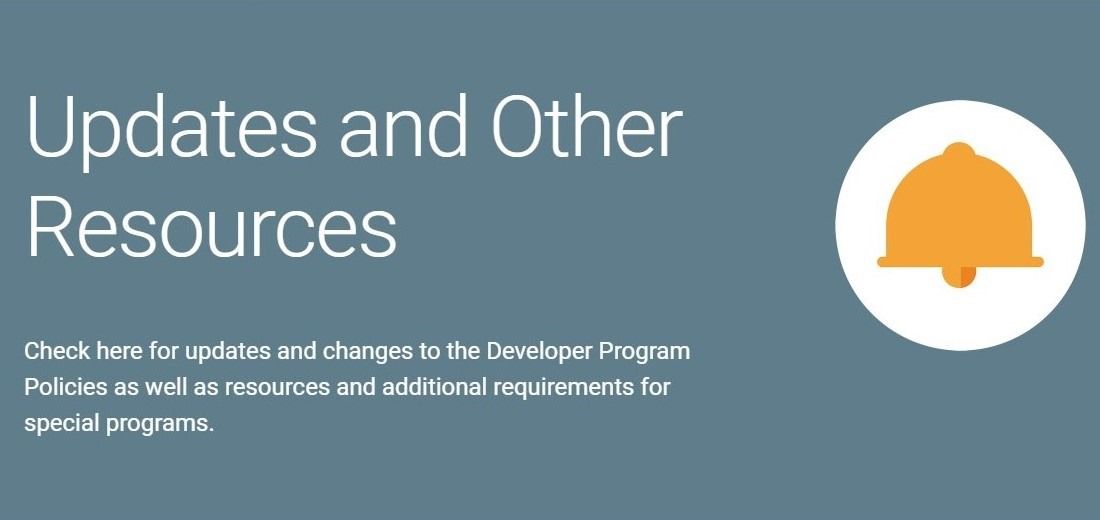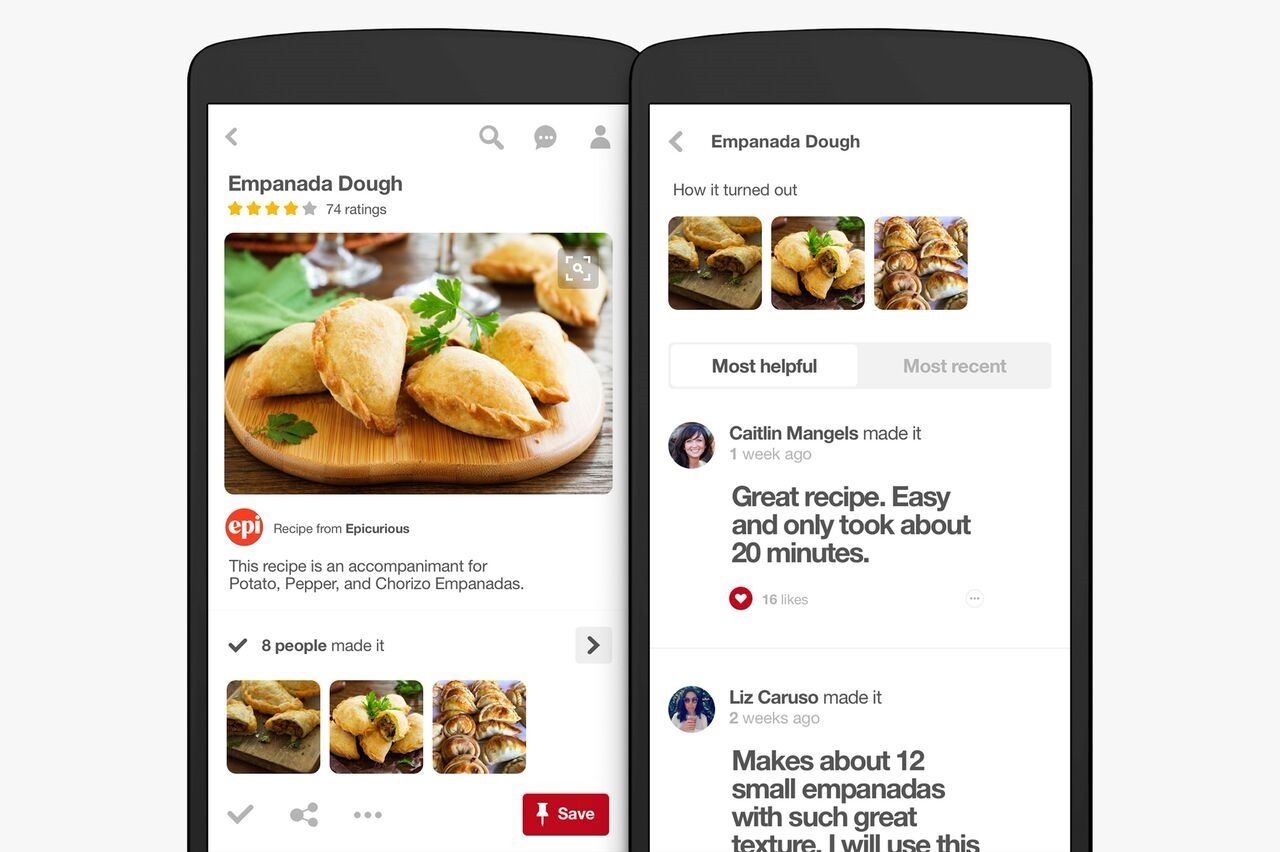latest
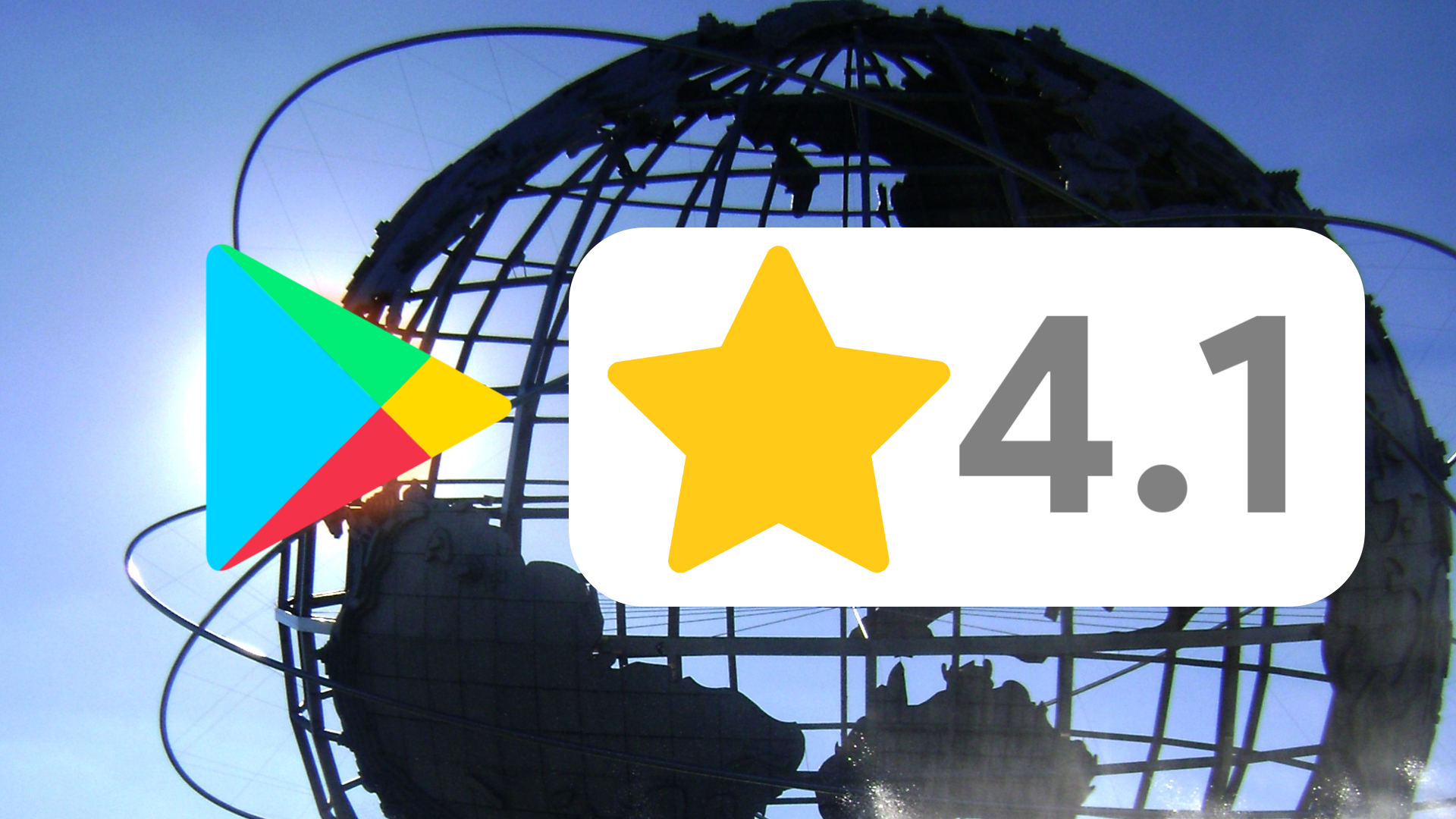
Play Store ratings will soon reflect the experience of users more like you — yes, you
The incumbent Viewers Like You contingent will also be pleased with this
After plenty of feedback from app developers and their users alike, the Google Play Store will soon begin letting everyone filter reviews and ratings based on where users are. Publishers will also be able to better track ratings by device type.

Google's new in-app reviews let you rate apps without switching to the Play Store
Coming in the form of an API
An iOS feature many developers (and probably some users) have been asking for is finally making its way into Android. Google has announced a new in-app review API that lets devs ask users for Play Store reviews. That will allow them to rate and comment in a slide-up panel without leaving the app. This will make the rating prompt that used to take you to the Play Store for reviews much less disruptive.

TikTok’s Play Store rating back up to 4+ stars after Google removed more than 8 million negative reviews
Google is putting an end to the spam abuse
TikTok was hit by a swarm of negative reviews in India following a dispute between local YouTube creators and TikTok influencers, which brought down the app's Play Store rating to an average of only 1.2 stars. Since these reviews aren't representative or related to the quality of the application itself, Google decided to remove the vast majority, bumping the social network back up to 4.4 stars.

TikTok rating plummets to 2.0 stars as an Indian YouTuber's fanbase orchestrates one-star campaign
The social media platform finds itself caught in the crossfire
TikTok is a platform that sparks a lot of controversies and is currently dealing with a US investigation concerned with censorship and security issues. Now, another problem is on the rise for the platform, and it's a prime example of how quickly online communities can grow toxic. In what appears to be some form of war between some Indian YouTubers' fans and popular TikTokers, the app has been caught in the crossfire and is receiving low rating after low rating. It's already down to an average of 2.0 when it sat at about 4.5 stars only a few days ago.

There are so many announcements at Google I/O, keeping track of them all is a bit daunting. While many of the sessions are intended for developers, there are still a lot of details that might directly impact users, or at least the indirect impacts can be fairly obvious. That's where a lot of topics from the What's New in Google Play session land. Some of the news was about brand new announcements while other things were recaps of recent launches or minor updates to current projects. Regardless, everybody will be seeing a lot of changes over the next several months, be it more varied listings for apps, (hopefully) fewer bizarre disappearances of apps, and lighter weight downloads and installs.

A new version of the Google app made a late-night appearance on the beta channel. As is common, there aren't many new things to see after installing it, but there are plenty of topics to discuss from doing a teardown. The latest additions include text revealing an upcoming Pixel Stand charging dock, settings for a YouTube TV content filtering option, and what looks like enhanced voice-controlled features for use in the car based on work Google has done with Assistant-enabled headphones.
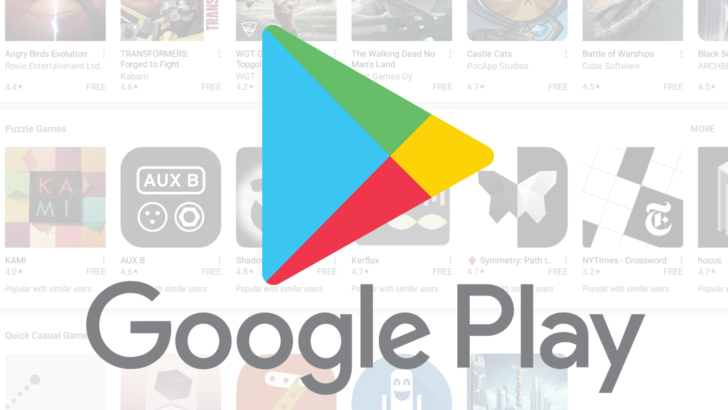
G Suite users have long put up with bizarre and annoying account restrictions, but the last several weeks have brought new frustrations. First, it was the sudden inability to redeem promo codes, and now G Suite accounts can't even review or rate apps, movies, and other content in the Play Store.
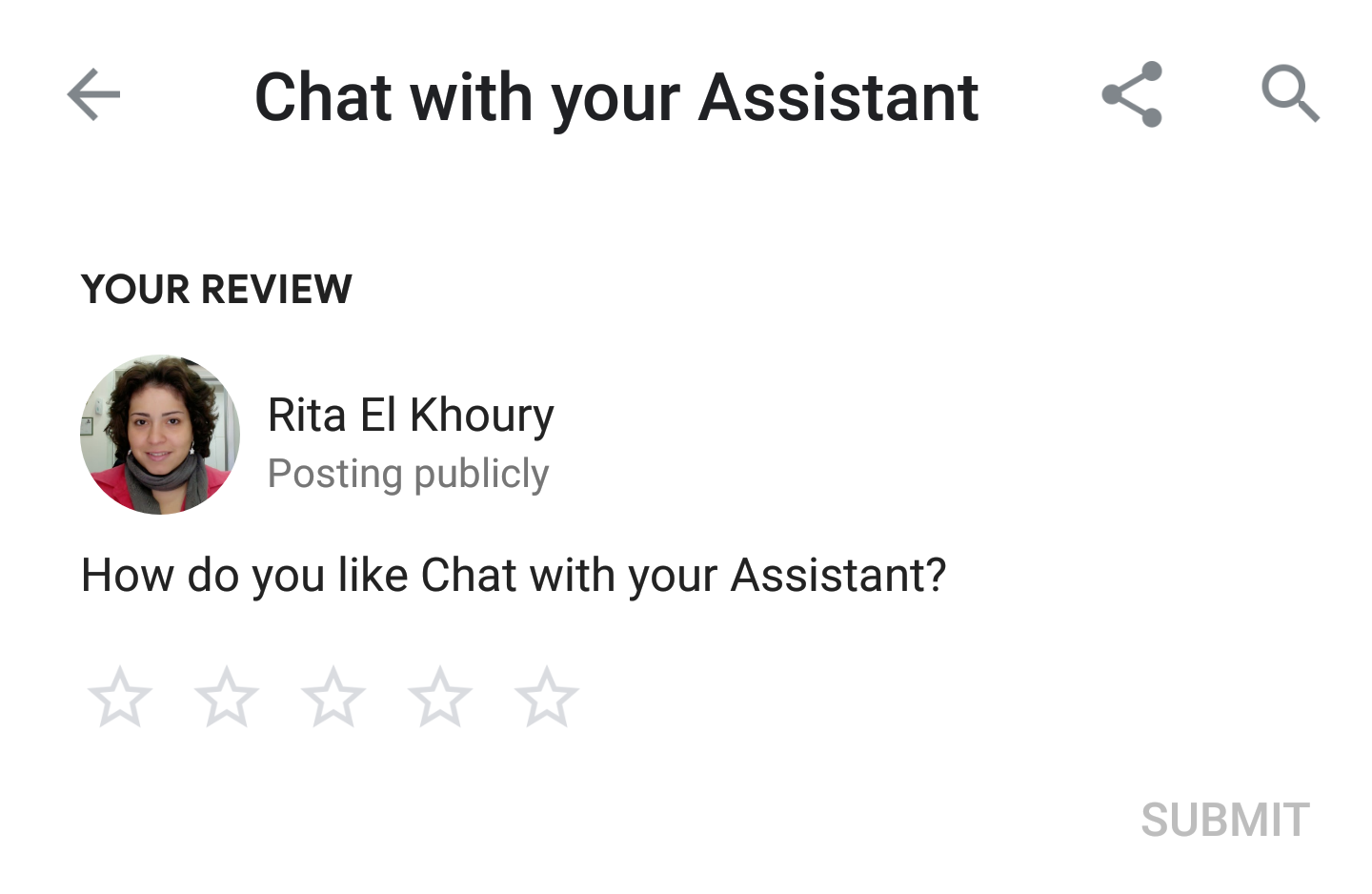
Talking to Google's Assistant is a mishmash of experiences that range from conversing with a service implemented by Google like Weather, to a third-party service that's part of Home control and thus natively integrated like Philips Hue, to a third-party Actions on Google service that comes with a different voice and requires a "talk to service_name" syntax like Harmony or Todoist. But Google has united all of them under one directory that's easily accessible from the web or when you invoke Assistant on your phone and tap the blue envelope-like icon on the top right to get to Explore. It's been possible to rate all those Assistant actions and services before, but reviewing them wasn't yet feasible. Now you can write reviews along with your ratings - something Cody knew would be coming after a teardown a couple of months ago.
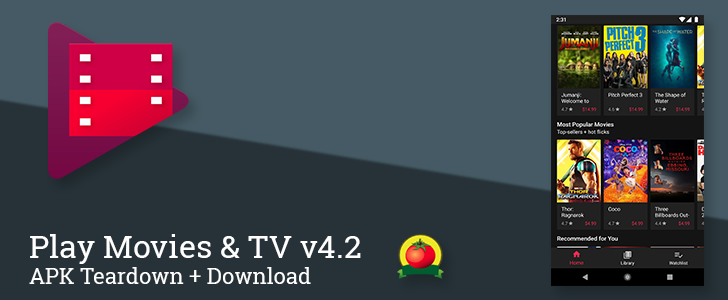
The latest version of Google Play Movies & TV is making the rounds, and this one has quite a bit to discuss. There are several surface-level changes, including a new bottom nav bar, improved support for Rotten Tomatoes, and even some rearrangements to the screens in the app. Digging a bit deeper, we can also see there's a new Guide screen in development, some degree of support for external content providers, and even a rating system for content.
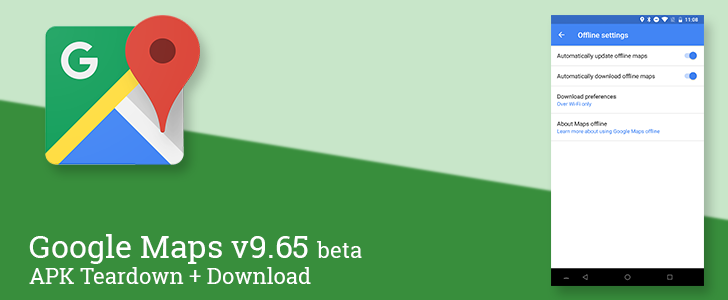
A new version of Google Maps has been rolling out over the weekend, but there's not much to see in terms of big changes. There are a couple of minor additions to be found, including a more obvious link to the offline settings screen and a switch in commute settings to allow for better results with the use of location history. A teardown also reveals a possible change to the rating system, new services for Reserve with Google, and an option to set your preferred mass transit station.
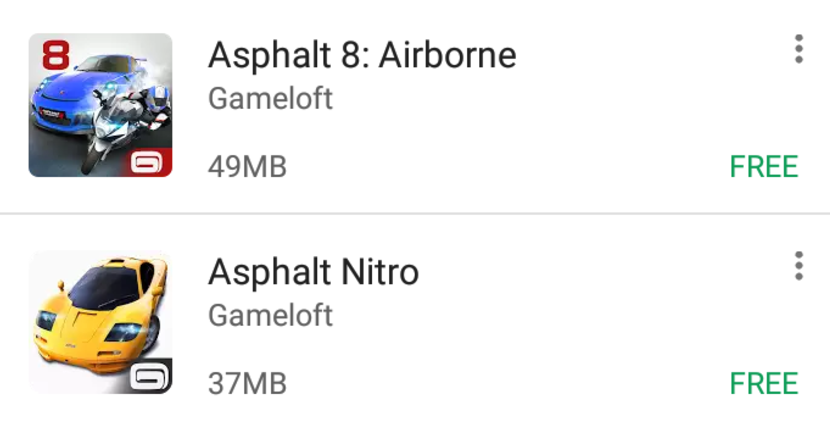
Google has two apps that it most frequently performs server-side tests on: YouTube and the Play Store. The most recent test that's been spotted is on the latter, and it's an interesting one: the star ratings have been ditched for the app sizes: both useful metrics to see when you're installing an app.
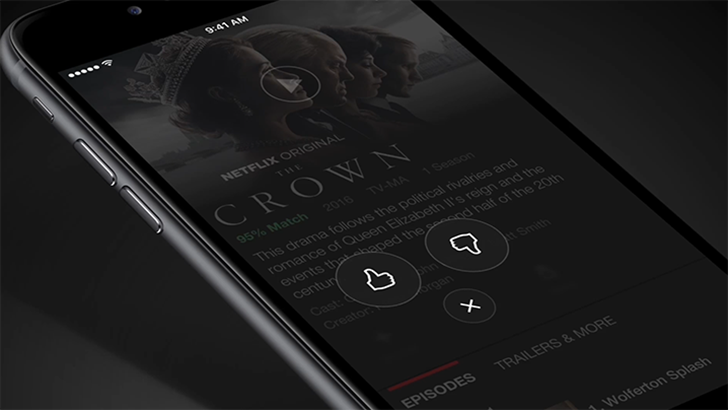
For years, Netflix has used the standard five-star rating system for shows and movies. But according to the company's blog post, this wasn't very effective. Now the five-star system will be replaced by simple thumbs-up and thumbs-down buttons.
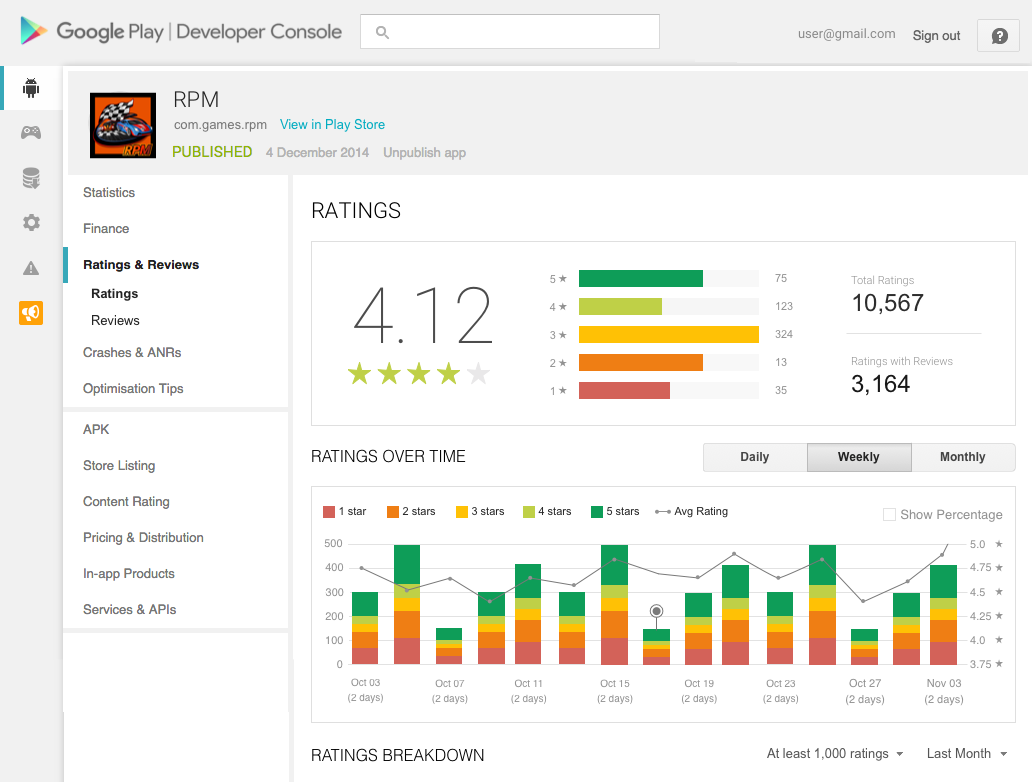
There are multiple reasons to leave a review in the Play Store. One is to convey to other users how good or bad an app is. Another is to communicate to the developer.
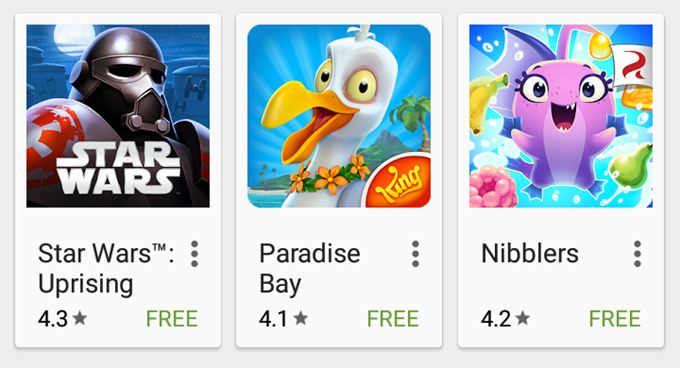
Google often experiments with small interface changes without mentioning them in blog posts or update notes, and that seems to be the case with the latest aesthetic change in the Play Store. Multiple Google+ users and Android Police readers have noticed a new and more compact display of the five-star rating system for app and game listings on the home page and in searches, replacing the full five-star graphic with a single icon and a numerical value. Observe the difference below, standard on the left, updated on the right:
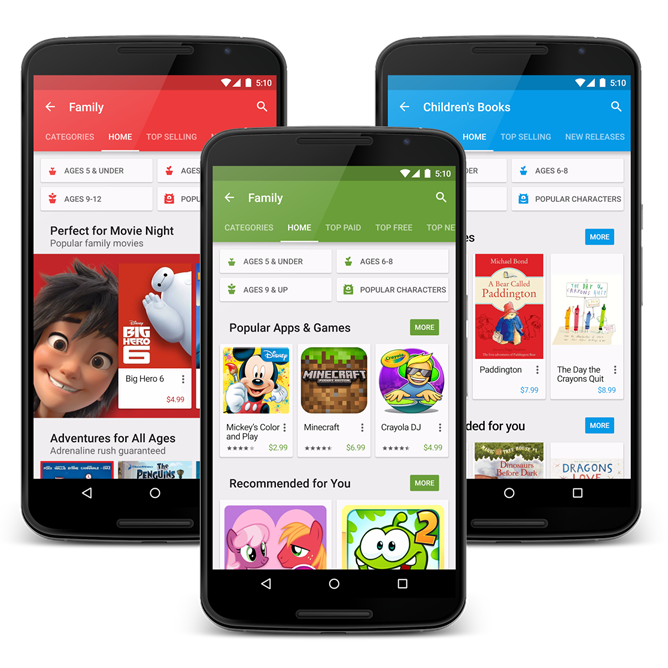
The Play Store has a crap-ton of content, much of which you might not want your kids to access. Google is aware of this, and at I/O 2015 the company has announced a new set of tools specifically designed to help parents find age-appropriate content, plus a few extras to help kids engage with the content itself. It's all being introduced to the Play Store under the "Family Star" label and logo.

Searching for an app in the Play Store can be a bit of crap shoot, which is odd when it's run by a search company. Google just added a new filter to the web Play Store that lets you restrict results to only those apps with 4 or more stars. That should clear out a lot of the junk.

Earlier this month an update to the Play Store began rolling out with a brand new ratings widget appearing on the main landing page and within landing pages for each major section (Apps, Movies, Books, etc.) The simple card encouraged users to give a score of 1 to 5 stars on a previously downloaded (or claimed) item in exchange for some suggestions about similar items they might be interested in. While this seemed like a relatively innocuous addition, obviously intended to drive additional downloads, it seems to have had a unexpected negative effect: Several developers are reporting a drastic rise in 1-star ratings on otherwise successful apps.

[New App] Cloud.tv Launches App Stats Beta, Lets Developers Obsessively Watch Rankings And Statistics
One of the truest shared experiences between people who create anything for public consumption is a ravenous desire to know how many people are using
One of the truest shared experiences between people who create anything for public consumption is a ravenous desire to know how many people are using it and what they think. Just ask most bloggers and web developers, and you will hear how much they love the real-time statistics from Google Analytics. Unfortunately for app developers, there really isn't a great way to keep fresh information in front of our eyes without mashing the F5 key while staring at a web browser. The engineers at cloud.tv, known for HD Widgets, felt the same way and created App Stats, a very capable tracking and notification app.







